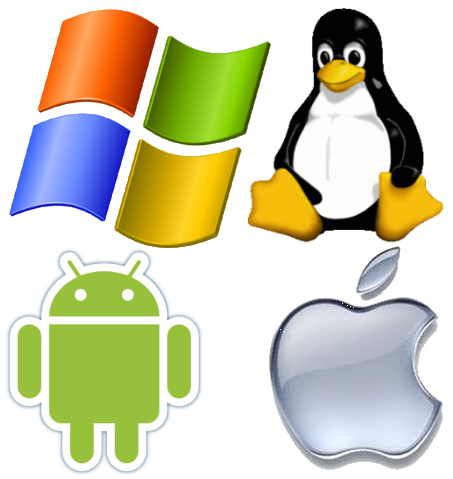The Android SDK provides dedicated APIs that allow developers to use SQLite databases in their applications. The SQLite files are generally stored on the internal storage under /data/data/
Where do I find my SQLite database?
Where is the SQLite database stored on an Android device? Whether you are using mobile device or working on emulator, database files are stored in path “/data/data/[your_package_name]/databases”. Whenever you dynamically create a database it actually creates two files one is database file and second is -journal file.
How can I access data from SQLite database in Android?
We can retrieve anything from database using an object of the Cursor class. We will call a method of this class called rawQuery and it will return a resultset with the cursor pointing to the table. We can move the cursor forward and retrieve the data. This method return the total number of columns of the table.
Why SQLite is used in Android?
SQLite is an open-source relational database i.e. used to perform database operations on android devices such as storing, manipulating or retrieving persistent data from the database. It is embedded in android bydefault. So, there is no need to perform any database setup or administration task.
How can we check data is inserted or not in SQLite Android?
insert() method returns the row ID of the newly inserted row, or -1 if an error occurred. long result = db.
How do I connect to a SQLite database?
How to connect to SQLite from the command line
- Log in to your A2 Hosting account using SSH.
- At the command line, type the following command, replacing example.db with the name of the database file that you want to use: sqlite3 example.db. …
- After you access a database, you can use regular SQL statements to run queries, create tables, insert data, and more.
Is SQLite better than MySQL?
Both the SQLite and MYSQL have certain advantages. SQLite is file-based — the database consists of a single file on the disk, which makes it extremely portable and reliable. … MySQL is secured, which makes it highly advanced, too. It can even handle a good amount of data and hence can be used at-scale.
Where is database stored?
For non-trivial web-sites, the SQL databases, MySQL or otherwise, are generally stored on a separate server dedicated as a DB server. It depends on the distro and the storage mechanism. All InnoDB databases are stored in the same file by default under, for example, /var/lib/mysql.
How would you retrieve data from SQLite table?
First, establish a connection to the SQLite database by creating a Connection object. Next, create a Cursor object using the cursor method of the Connection object. Then, execute a SELECT statement. After that, call the fetchall() method of the cursor object to fetch the data.
How can check data from database in Android?
Search Data with SearchView and SQLite
- Step 1: Input Project Name and Select Project Location.
- Step 2: Select SDK for Android App.
- Step 3: Select Default Activity for App.
- Step 4: Finish create project.
- Load SearchView.
- Search Contact with Keyword.
Which is the best database for Android app?
Most mobile developers are probably familiar with SQLite. It has been around since 2000, and it is arguably the most used relational database engine in the world. SQLite has a number of benefits we all acknowledge, one of which is its native support on Android.
Why do we use SQLite?
It reduces application cost because content can be accessed and updated using concise SQL queries instead of lengthy and error-prone procedural queries. SQLite can be easily extended in in future releases just by adding new tables and/or columns. It also preserve the backwards compatibility.
What is the purpose of SQLite?
SQLite allows a single database connection to access multiple database files simultaneously. This brings many nice features like joining tables in different databases or copying data between databases in a single command. SQLite is capable of creating in-memory databases that are very fast to work with.
What is splash screen in Android?
Android Splash Screen is the first screen visible to the user when the application’s launched. … Splash screens are used to display some animations (typically of the application logo) and illustrations while some data for the next screens are fetched.
